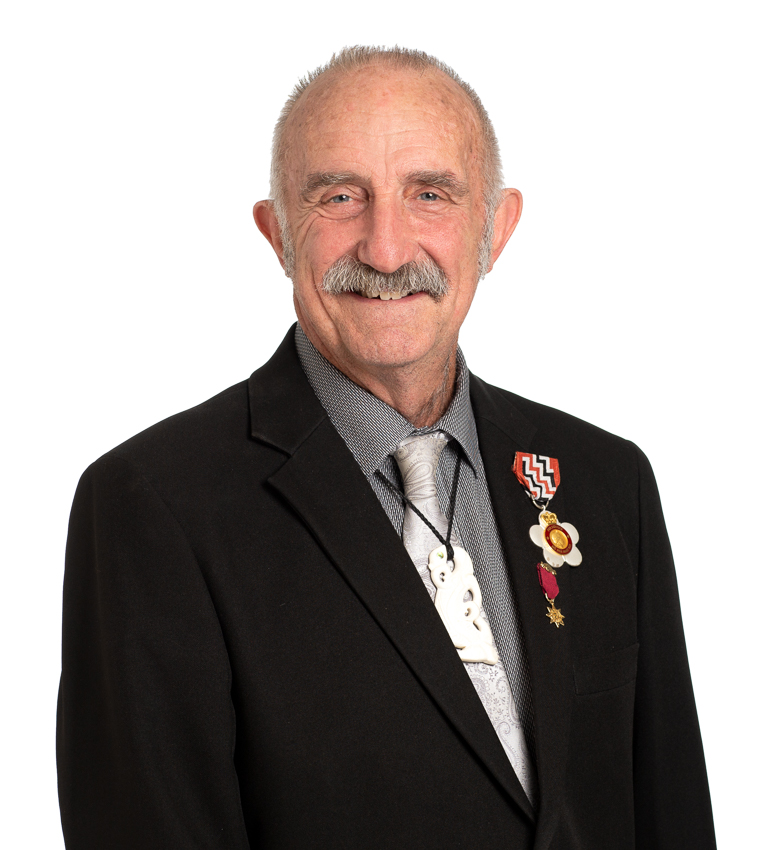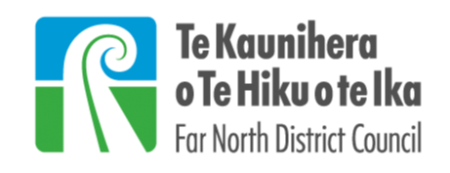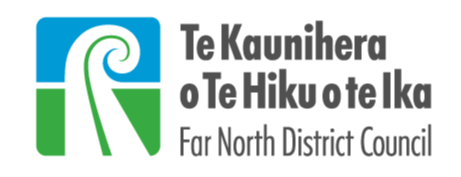Extraordinary collaboration
By Mayor John Carter
This month we used a Sikorsky U60 ‘Blackhawk’ helicopter to remove over 12 tonnes of equipment at Lake Omapere. The generator, pumps, floating pontoon, fuel pod, cables and water pipes were installed in March to provide drought-stricken Kaikohe with an emergency back-up water supply.

This month we used a Sikorsky U60 ‘Blackhawk’ helicopter to remove over 12 tonnes of equipment at Lake Omapere. The generator, pumps, floating pontoon, fuel pod, cables and water pipes were installed in March to provide drought-stricken Kaikohe with an emergency back-up water supply.
I hardly need remind residents that the winter of 2019 was one of the driest we have experienced. That was followed by a dry summer and all of Northland was hit by severe drought conditions. Kaitaia and Kaikohe were among the most seriously affected towns. Despite tight water restrictions and remarkable conservation efforts by Kaikohe, there was a very real possibility the town’s taps would run dry.
The Council scrambled to find alternative sources close to Kaikohe that could provide the quantities of water needed. We received many generous offers from local landowners, but only one option proved viable. That came in mid-February from Lake Omapere Trust, which offered 1500 cubic metres of lake water a day for 100 days. Omapere Taraire E Rangihamama X3A Ahuwhenua Trust also responded to Kaikohe’s plight, giving Council permission to pipe the lake water 2.8km over its land to our Taraire Hills Water Treatment Plant. What followed was a remarkable demonstration of co-operation between more than a dozen agencies working to build a safe emergency water supply for Kaikohe as quickly as possible.
Civil Defence Northland helped broker agreements with the trusts, Fire and Emergency New Zealand helped lay the longest fire service-style hose in the country linking the lake to our Taraire Hills Water Treatment Plant. The hose was loaned from Refining NZ’s Marsden Point facility. Far North Waters oversaw installation of the equipment with support from local contractors. Other critical support came from the Government, which provided $2 million from the Provincial Growth Fund to help establish temporary water supplies for both Kaikohe and Kaitaia.
Core infrastructure was in place by mid-March. We then worked closely with Far North Waters, Northland District Health Board and water treatment consultants to ensure the treatment plant could remove toxin-producing bacteria if an algal bloom occurred in the lake. We achieved that goal by Mid-April and the board gave us the go ahead to use the lake water. While it was safe to drink, we could not remove the unpleasant odour and taste caused by geosmin, a naturally occurring organic compound, and decided to only use the water in an emergency to avoid taps running dry. That never happened, largely due to Kaikohe residents and businesses consistently exceeding the 25 per cent reduction in consumption we asked for. We are now progressing alternative water supplies for Kaikohe, including building water storage at the Ngāwhā Innovation and Enterprise Park and developing a second bore at Monument Hill.
Some may ask about the cost of this project. My answer is that we had to do all we could to prevent Kaikohe (and also Kaitaia) running out of water. Government funding has significantly offset the total cost to ratepayers. We learned a lot from the experience – not least that crises like the recent drought are best resolved by working hand in hand with other agencies and the community.
Tags: News story

